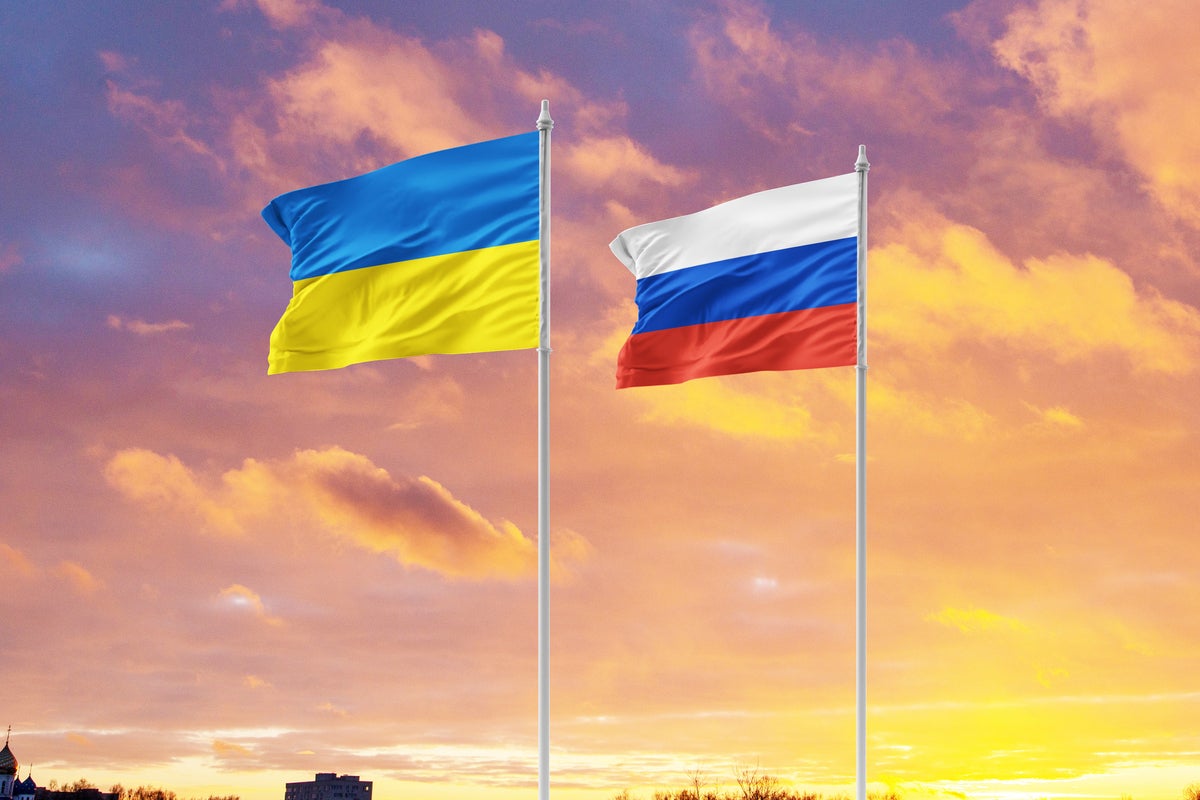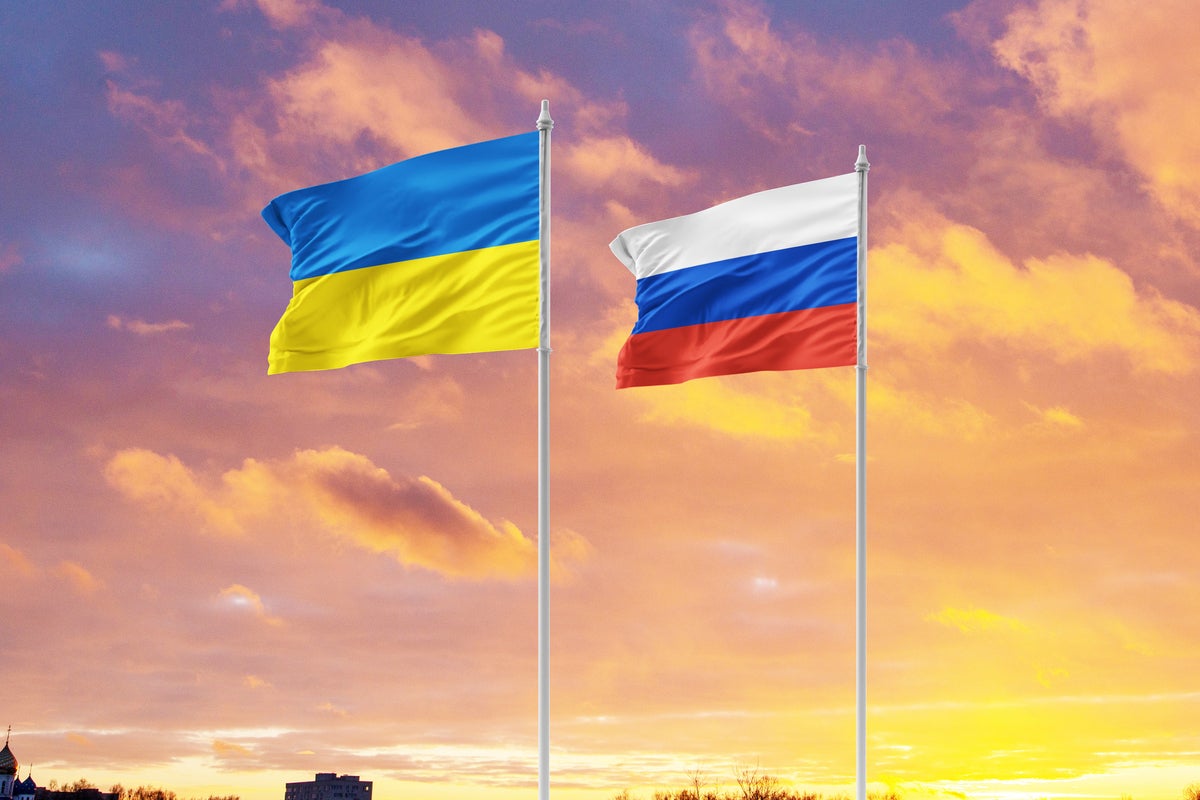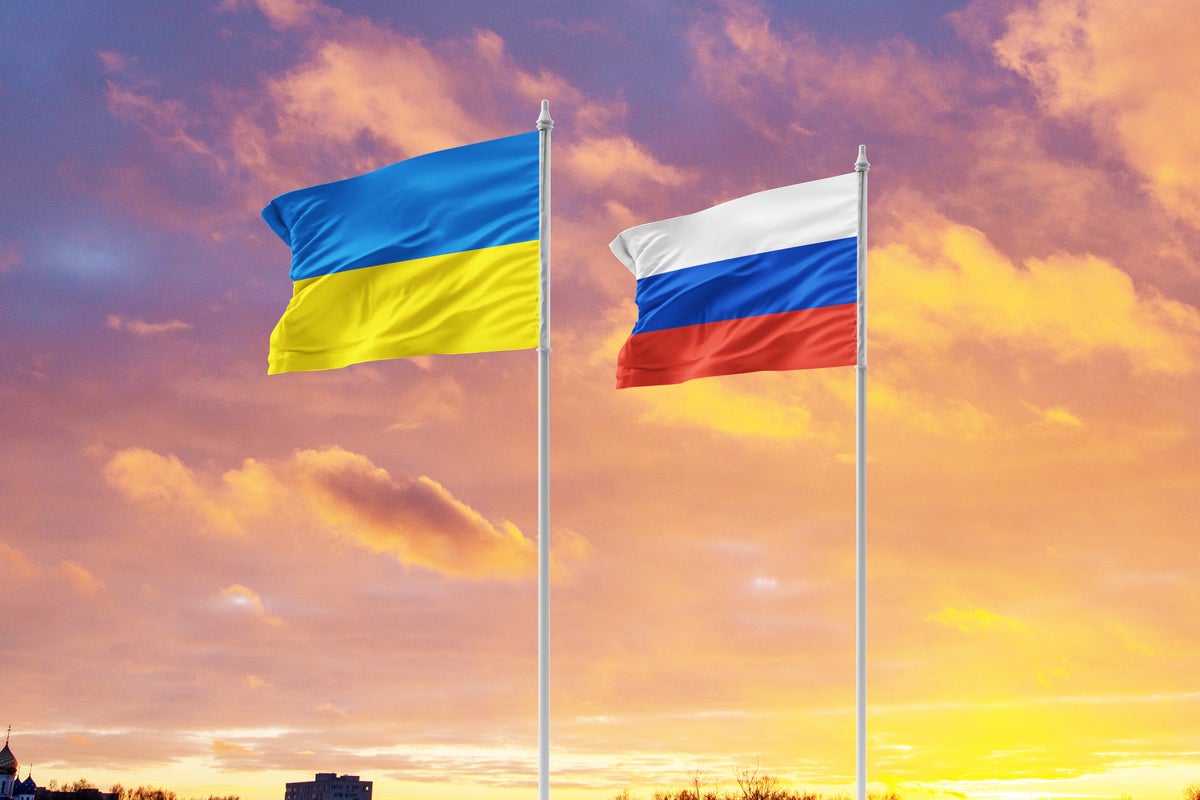
A weekend ban preventing Russia from using SWIFT, the world’s largest financial messaging network, appeared to have near immediate and far-reaching economic consequences this week.
A rolling series of sanctions from the US and and other nations in recent days have prevented Russia’s central bank from using dollars, euros, and other foreign currencies held in reserve to stabilize the ruble during economic downturns. On Saturday, the US and its major allies took what many consider the harshest sanction to date — blocking many Russian banks from SWIFT.
The broadside of economic sanctions caused Russian stocks to crash and the ruble to lose 30% of its value against the US dollar on Monday. Russia’s Central Bank has able to help the ruble’s value recover somewhat, but it was still down 20% by the end of the trading day. At the same time, the central bank more than doubled interest rates to 20%, and the Moscow stock exchange was closed. (It will stay closed today.).
Even Switzerland, which has a longstanding history of neutrality, announced Monday it will impose financial sanctions against Russian leaders and others, as well as certain companies.
“We have truly entered choppy, murky waters,” said Aseem Prakash, co-founder and Global Futurist at the Center for Innovating the Future, an advisory firm based in Toronto. “What seemed like a safe bet is now full of risk. There are already so many moving parts. At the same time, the West is also not done with sanctions. What’s next will mostly depend on what happens on the ground in Ukraine.”
On Monday, the US Treasury Department announced new sanctions to immobilize any assets of the Russian Central Bank in the US or held by Americans. The Biden administration estimated the move could freeze “hundreds of billions of dollars” of Russian funding.
“Already, the Russian central bank has announced that it cannot intervene and stabilize the ruble because it no longer has access to Euros or US dollars,” Prakash said.
Germany, France, the UK, Italy, Japan, European Union, and others will join the US in targeting the Russian Central Bank, the White House said.
EU President Ursula von der Leyen said the multinational organization plans to offer up “massive and targeted sanctions” to European leaders for approval with the aim of hurting Russia’s capacity to modernize. “We will target strategic sectors of the Russian economy by blocking their access to technologies and markets that are key for Russia,” she said.
Economic sanctions to increase
As more economic sanctions hit — including a block on imports of high-tech products — Russia is likely to maneuver to reroute financial transactions to other messaging networks; those options would be vastly smaller and less mature than SWIFT. One possible tactic would be to convert rubles to cryptocurrency and use blockchain networks, which have less regulatory oversight and are often open to all who want to use them.
Emerging methods such as cryptocurrencies and other digital assets like private coins would be explored by Russia to try and avoid any conversion to US dollars, said Ronak Doshi, a partner at the research firm Everest Group.
“Russia is also experimenting with the launch of its own central bank digital currency that it could use with countries that are willing to accept it,” Doshi said.
On Sunday, Ukraine’s minister of digital transformation, Mykailo Federov, asked all major crypto exchanges to block addresses of Russian users. “It’s crucial to freeze not only the addresses linked to Russian and Belarusian politicians, but also to sabotage ordinary users,” Federov tweeted.
Sanctioned entities using cryptocurrency networks can be blocked via simple address deny listing, which will keep them from moving their crypto funds off of cryptocurrency networks into accounts at centralized services and financial institutions (e.g., crypto exchanges or banks), said Avivah Litan, Gartner vice president and distinguished analyst.
“Contrary to popular lore, cryptocurrencies are not a haven for anonymous law-breakers. In fact, because of smart blockchain analytics, it’s easier to follow money trails on blockchains than it is on legacy payment networks, however a circuitous route they may take,” Litan said.
Top cryptocurrencies, such as Bitcoin and Ethereum, saw their values soar after Russian banks were removed from the SWIFT system and Ukraine’s monetary system took a nosedive.
After a massive selloff of Bitcoin last week, the price jumped by more than 9% to reach $41,300. Speculation about the jump in prices centered on assumptions that traders were responding to the ongoing Russia-Ukraine crisis.
Once the bastion of high-risk investors, the adoption of blockchain networks and the digital currencies they enable is gaining mainstream support as transactions become safer and financial value explodes, according to research firm Gartner.
Cryptocurrencies represent just under 11% of the $19.4 trillion in circulation round the globe, but the digital cash is growing in value quickly. Mainstream corporations, investors and financial institutions are increasingly buying in.
Coca-Cola, Stella Artois, Visa, and many other consumer product companies already have digital nonfungible tokens (NFTs) and are leveraging the intangible value of their brand for marketing and to drive new revenue streams, Litan said.
And the amount of stablecoins, or cryptocurrency backed by cash, has more than quintupled from $20 billion to $110 billion in the past year because they are stable in value, and support more transparent and efficient value transfers than do legacy payment networks.
Major legacy payment networks, including SWIFT, now support cryptocurrencies to avoid disintermediation by newer crypto payment networks.
As for Russia, it’s been hedging its bets against the US dollar for some time now, Prakash said. “In 2018, it reduced the holding of the US Treasury bonds by 84%. It also announced that it was completely removing US dollars from its sovereign wealth fund,” he said. So, while Russia can turn to its alternative to SWIFT, called SPFS (System for Transfer of Financial Messages), the current scope of SPFS is incredibly limited.
At the end of 2020, the number of foreign banks connected to it was just 23, and the system is mostly used for domestic transfers, Prakash said. That compares to more than 11,000 financial institutions in 209 countries that use SWIFT’s messaging system.
One of the most important pillars of a stable economy is the value of its currency. The more a currency fluctuates or becomes volatile, the less attractive it becomes, at home and abroad.
Prakash said even if the central bank decides to print rubles, it will not allow a conversion into bitcoins, “because it will shatter all confidence in the currency especially as the central bank has lost the most important tool to stabilize the currency.
“However, it is possible to buy gold and rethink how to boost up the currency,” Prakash said.
Russia’s invasion disrupts key IT services
Anurag Srivistava, a partner at Everest Group, said the Russian assault on Ukraine has also disrupted key IT services, which have grown over the past several years.
Ukraine, he said, is a key global delivery location for IT and engineering R&D services, “which brings widespread uncertainty and significant concerns for the many companies operating there.
“Companies such as Wix, Vistaprint, Ciklum and Cimpress had already begun relocating their staff from east Ukraine to relatively safer parts of the country such as Lviv, Ternopil and Ivano-Frankivsk, in efforts to continue uninterrupted business processes and keep employees out of harm’s way,” Srivistava wrote in a market note. “Some are even relocating to other countries, like Poland, Turkey and Israel.”
The US has already implemented high-tech sanctions against Russia that include widespread restrictions on sensitive technologies produced in foreign countries using US-origin software, technology, or equipment. The restrictions affect semiconductors, telecommunication, encryption security, lasers, sensors, navigation, avionics, and maritime technologies and are designed to halt Russia’s access to cutting-edge technology.
Prakash noted US sanctions on high-tech items are not limited to products made by US firms. The sanctions also ban any product made anywhere that use any kind of US technology.
Social media moves against misinformation
Two social media campaigns aimed at spreading misinformation about the Russian assault on Ukraine were identified and disabled on Facebook over the weekend, according to the social network’s parent company Meta.
“We took this operation down, we’ve blocked their domains from being shared on our platform, and we’ve shared information about the operations with other tech platforms with researchers and with governments,” David Agranovich, director of threat disruption for Meta, said in a statement.
One campaign managed to bypass Meta’s security team and created 40 accounts that were suspected to have been generated artificially, Agranovich said.
The fake entities ran websites posing as independent news sites and created fake personas across many social media platforms including Facebook, Instagram, Twitter, YouTube, Telegram, Odnoklassniki, and VK, Meta said. The campaign also targeted Ukrainian military and public figures.
“We have been in contact with the government of Ukraine. At their request, we have restricted access to several accounts in Ukraine, including those belonging to some Russian state media organizations,” Agranovich said. “We are also reviewing other government requests to restrict Russian state-controlled media.”



